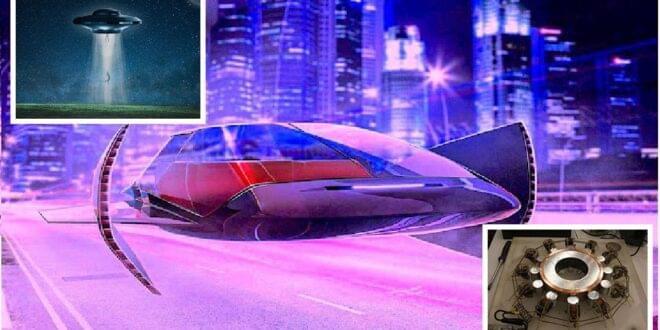Jan 26, 2022
Single-stage-to-orbit: How the holy grail of spaceflight could soon become reality
Posted by Atanas Atanasov in categories: engineering, space travel
It’s the holy grail of spaceflight, and it could come sooner than many expect.
This month, Washington-based Radian Aerospace announced that it’s building a spaceplane that takes off and lands horizontally. The reveal sparked excitement about what could be considered the holy grail of the decades-old industry.
















